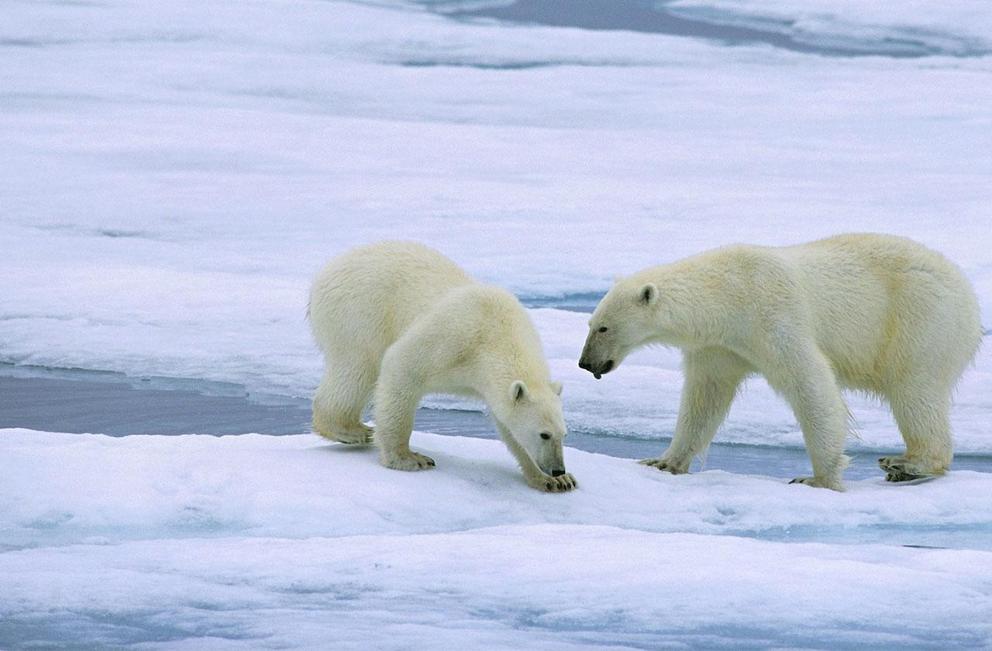Climate science’s myth-buster
It’s time to be scientific about global warming, says climatologist Judith Curry.
We’ve all come across the images of polar bears drifting on ice floes: emblematic victims of the global warming that’s melting the polar ice caps, symbols of the threat to the earth posed by our ceaseless energy production—above all, the carbon dioxide that factories and automobiles emit. We hear louder and louder demands to impose limits, to change our wasteful ways, so as to save not only the bears but also the planet and ourselves.
In political discourse and in the media, major storms and floods typically get presented as signs of impending doom, accompanied by invocations to the environment and calls to respect Mother Nature. Only catastrophes seem to grab our attention, though, and it’s rarely mentioned that warming would also bring some benefits, such as expanded production of grains in previously frozen regions of Canada and Russia. Nor do we hear that people die more often of cold weather than of hot weather. Isolated voices criticize the alarm over global warming, considering it a pseudoscientific thesis, the true aim of which is to thwart economic modernization and free-market growth and to extend the power of states over individual choices.
Not being a climatologist myself, I’ve always had trouble deciding between these arguments. And then I met Judith Curry at her home in Reno, Nevada. Curry is a true climatologist. She once headed the department of earth and atmospheric sciences at the Georgia Institute of Technology, until she gave up on the academy so that she could express herself independently. “Independence of mind and climatology have become incompatible,” she says. Do you mean that global warming isn’t real? I ask. “There is warming, but we don’t really understand its causes,” she says. “The human factor and carbon dioxide, in particular, contribute to warming, but how much is the subject of intense scientific debate.”
Curry is a scholar, not a pundit. Unlike many political and journalistic oracles, she never opines without proof. And she has data at her command. She tells me, for example, that between 1910 and 1940, the planet warmed during a climatic episode that resembles our own, down to the degree. The warming can’t be blamed on industry, she argues, because back then, most of the carbon-dioxide emissions from burning fossil fuels were small. In fact, Curry says, “almost half of the warming observed in the twentieth century came about in the first half of the century, before carbon-dioxide emissions became large.” Natural factors thus had to be the cause. None of the climate models used by scientists now working for the United Nations can explain this older trend. Nor can these models explain why the climate suddenly cooled between 1950 and 1970, giving rise to widespread warnings about the onset of a new ice age. I recall magazine covers of the late 1960s or early 1970s depicting the planet in the grip of an annihilating deep freeze. According to a group of scientists, we faced an apocalyptic environmental scenario—but the opposite of the current one.
For the rest of this article please go to source link below.

